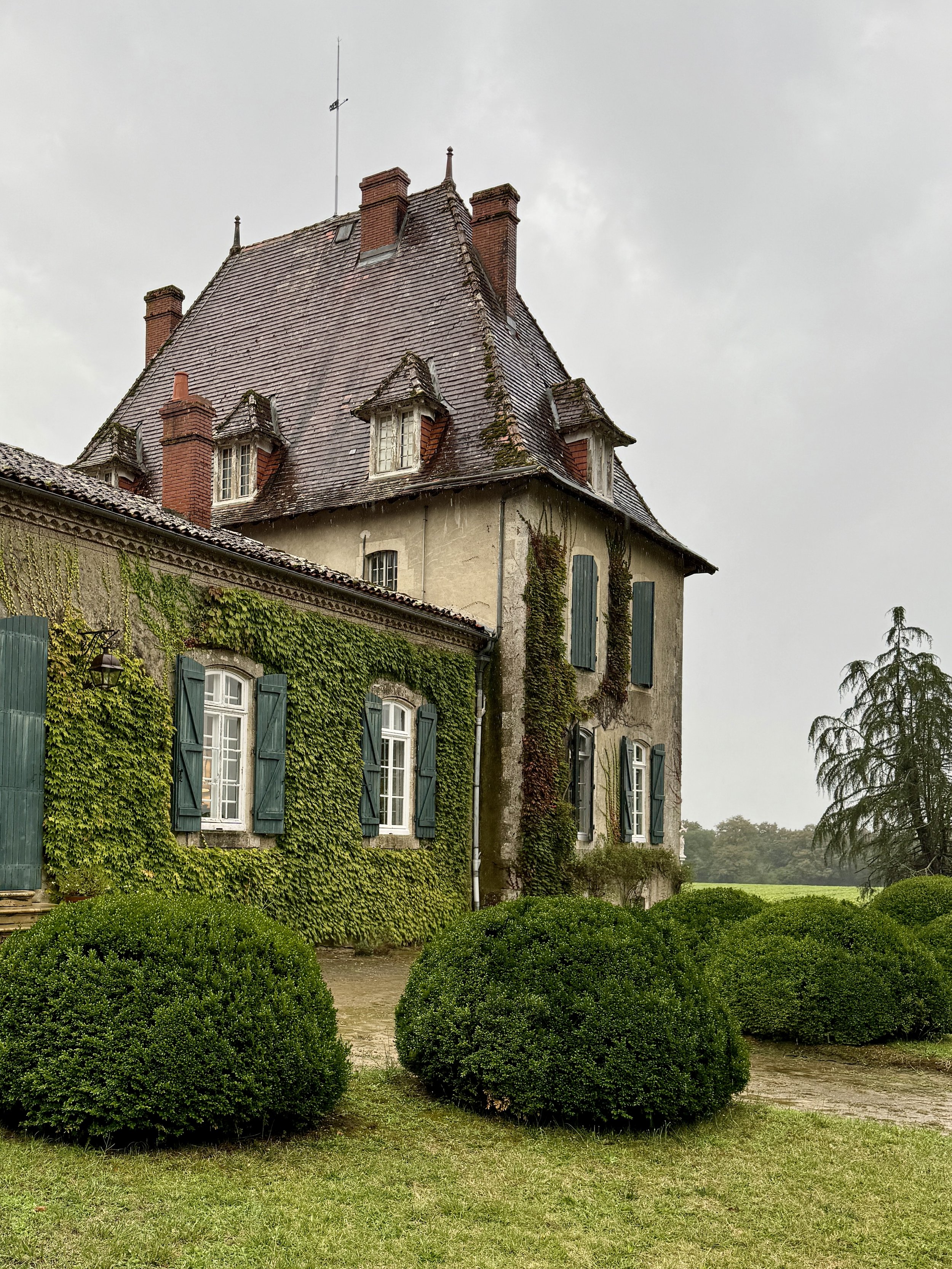Armagnac: undiscovered gem of France
Sometimes called the forgotten corner of France, the historic Armagnac region is tucked away in the southwest, off the beaten track between Toulouse, Bordeaux and the Pyrenees, full of hidden treasures and breathtaking scenery.
It is a magical place with rolling fields, forests and rivers. Agriculture reigns here with yellow fields of sunflowers in the summer, swathes of golden wheat and barley amid cattle that graze and of course, slopes of vines where Armagnac, the little known and oldest brandy of France begins its life.
Historically, the province of Armagnac was a county of Gascony that stretched between the Adour and Garonne rivers and the growing of vines in this privileged region date back to the Romans who introduced them in 50 BCE. With its proximity to the Spanish border, the Moors then brought the thousand-year-old custom of distilling to the region around the 10th century and the Celts, who traded with the Romans, had discovered the art of bending staves through their boatbuilding prowess, brought the barrel.
So, with such rich cultural heritage, why is Armagnac not so well known?
The answer to this is twofold, as anteriorly it was quite a remote and less populated, rural region of France where families were self-contained, farming the land which included growing their grapes and making wine. The second reason is that there was no easy access, being landlocked with only rivers to connect with other areas. Contact with the outside world was infrequent until the Dutch traders arrived and discovered the natural bounty the Armagnac area had to offer.
With Bordeaux held by the English at that time, only their own wines were allowed to be transported down the rivers, so the Dutch overcame this by sending the spirits (eau-de-vie) by river and this was permitted. Hence, even though Armagnac the brandy is 150 years older than its cousin Cognac, it was much later that it was discovered and taken to market.
Today, it is still a business of ‘families’ and not corporations. It remains very small and exclusive, esoteric even! Despite the hustle and bustle of today’s world, the Armagnac region remains true to itself and its nature and therefore quite untouched.
The Armagnac producers themselves are extremely passionate and proud with an intuitive savoir-faire that comes from centuries of family experience and knowledge being passed down through the generations, where making the best eau-de-vie is more important than monetary gain.
Quality is and has always been of utmost importance and nowadays, with modern technology available to the winegrowers, the 100% natural wines destined to become Armagnac are handled with great care and expertise ensuring that the eaux-de-vie are noble and full of character.
The personality and excellence of an Armagnac is derived from many elements; the land the grapes were grown on, the grapes themselves and the care taken during their development, the harvesting, the distillation, the barrels used for their ageing and careful monitoring throughout this lengthy period.
Diversity is a key word when describing Armagnac. With the ten different grape varieties at their disposition, the traditional continuous distillation method, the two different French oaks used for the barrels and their different toasting, the aeration, the type of ageing cellar, today’s producers, often with many generations behind them, are increasingly developing new styles, including single varietal Armagnacs, cask strength and even experimenting with using other barrels for different finishes.

